Located in South Asia, India is home to both big cats and small wild cats. The wild cats of India include lions, tigers, leopards and lynx.
More About India
India is the seventh largest country and has the second largest population in the world. It is boarded by the Indian Ocean (south), Arabian Sea (southwest), Bay of Bengal (southeast), Pakistan (west); China, Nepal and Bhutan (northeast) and Bangladesh and Myanmar (east).
The country is divided into 29 states, six union territories and the National Capital of Delhi. States have their own elected government.
India’s geography is very diverse, from coastlines, deserts and plains to mountains.
India’s Wildlife Protection Act of 1972
Legislation enacted for the protection of plants and animals in India. Provides for strict Bengal tiger conservation with varying degrees of protection, from absolute protection to specific prohibitions. According to Section 38, each state government is responsible for creating a Tiger Conservation Plan to protect tigers and tiger reserves in the area, as well as co-predators and prey animals.
National Tiger Conservation Authority
The National Tiger Conservation Authority (NTCA) was set up by law under India’s Ministry of Environment, Forest and Climate Change to stregthen tiger conservation. “NTCA has been at the forefront of tiger conservation work in India. It’s work domain extends from on the ground protection initiatives to science based monitoring of tigers and their habitat using latest technological tools, indepedent assesssement of tiger reserves with MEE framework, financial and technical support to tiger reserves, creating inviolate space for wildlife while ensuring community development to international co-operation.”
Project Tiger
India’s Ministry of Environment, Forest and Climate Change created Project Tiger in 1973. In the beginning, nine tiger reserves were established to protect India’s tiger population. As of March 2024, there are 55 protected areas dessignated tiger reserves.
Project activities include:
- Protecting tiger habitats.
- Daily monitoring of tiger populations.
- Voluntary relocation of people living in core tiger habitats.
- Help Resolving human-wildlife conflicts.
- Providing state assistance to stop poaching.
- Maintenance of a tiger database.
- Funding and training for the Special Tiger Protection Force.
CITES
CITES is an international agreement between governments that regulates the trade of animals and wild plants to protect and prevent species extinction. India became a CITES signatory in 1976.
List of Tiger Reserves in India
The size of India’s tiger reserves are calculated both in terms of core zones – the central zone of the reserve where no human activity is allowed (other than conservation and management-related activities), and the buffer zone, which lies just outside the core zone and allows limited human activities.
India Wild Cat Species
Approximately 75% of the world’s tiger population is found in India. It is also home to the Asiatic lion, and several other big cat and small wild cat species.
Big Cats in India
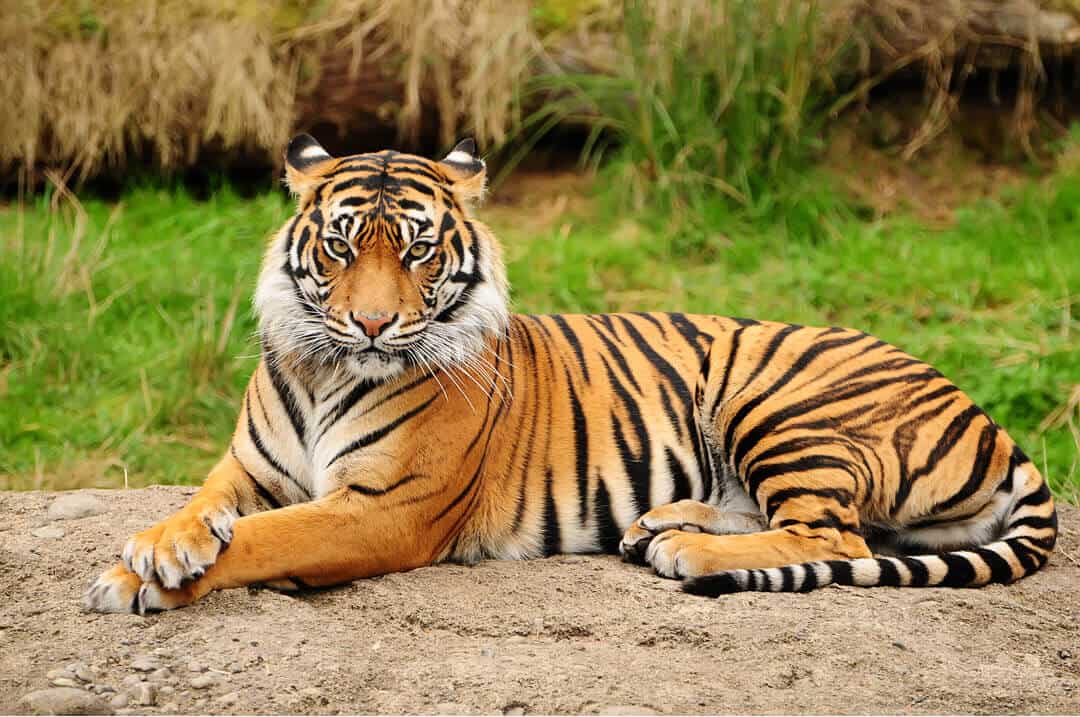
Bengal Tiger
A population of Panthera tigris tigris
Conservation Status: Endangered
The Bengal tiger, also known ast the Indian tiger or Roayl Bengal tiger, is a tiger population that inhabits India. It has yellow to light orange fur and dark stripes. The Bengal tiger is believed to have arrived in India about 12,000 years ago.
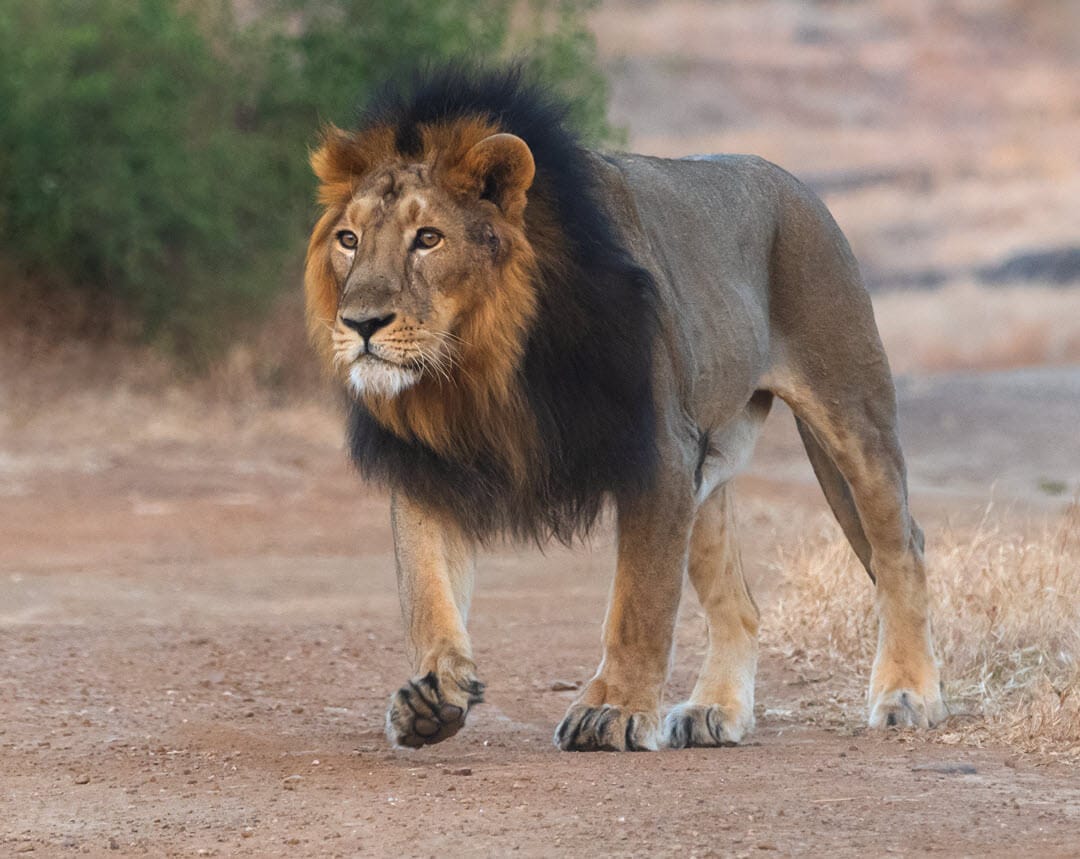
Asiatic Lion
Panthera leo leo
Conservation Status: Endangered
The Asiatic lion is a lion subspecies. It can only be found in India’s Gir National Park and some surrounding areas. Their tail tuft is larger than a lion’s, but it has a smaller mane.
The Asiatic lion’s fur ranges in color from light brown to grey and is speckled with black.
Asiatic lions are smaller than most African lions,.
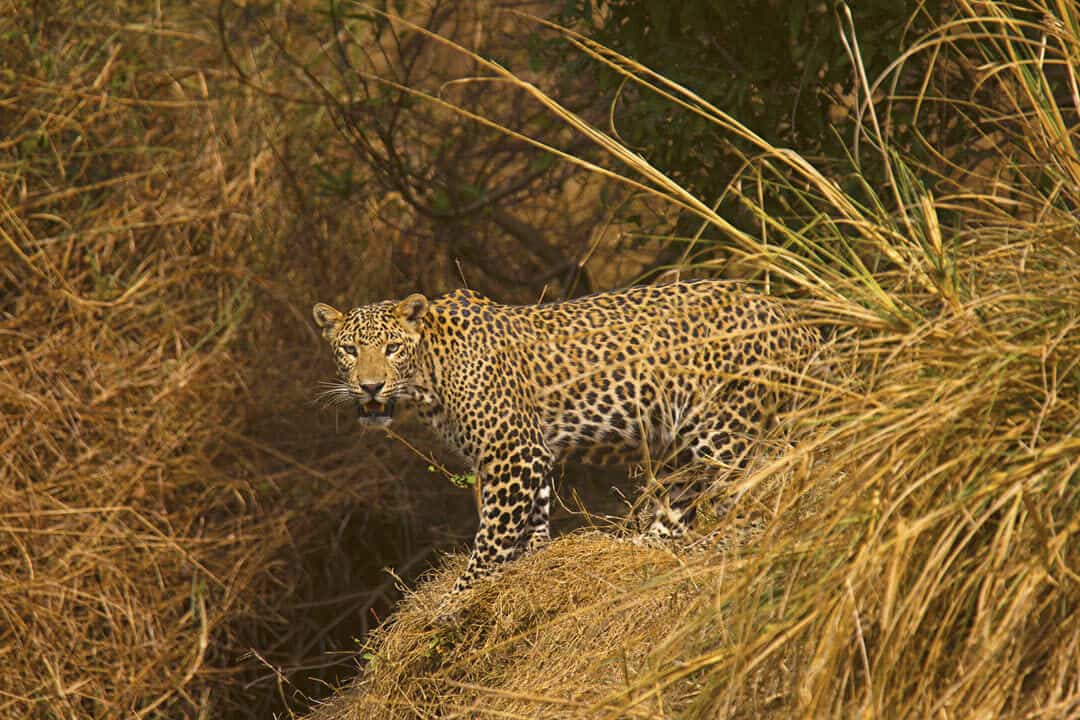
Indian Leopard
Panthera pardus fusca
Conservation Status: Near threatened
The Indian leopard is a subspecies of the leopard and can be found throughout India, Nepal, Bhutan and parts of Pakistan.
It’s fur ranges from light yellow to a golden brown and is covered in rosettes. The rosettes are smaller than other leopard species. Some Indian leopards are all black. Male leopards wieght up to 170 lbs.
The current estimated Indian leopard population is around 14,000.
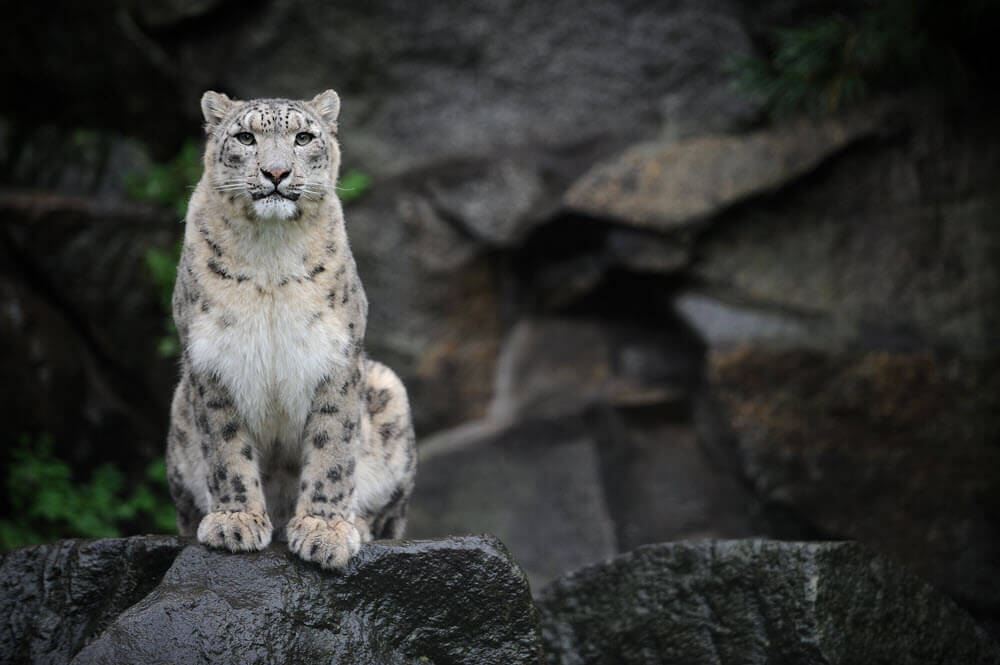
Snow Leopard
Panthera uncia
Conservation Status: Vulnerable
Snow leopards can be found in the mountains of South and Central Asia, where they have adapated to living in extremely cold climates.
Snow leopards have heavy white and grey fur, with blocks spots around the neck and head, bigs paws, small rounded ears, a long tail and short legs. Males weigh around 120 lbs up to 160 lbs. Snow leopard sounds include grunting, chuffing, meowing and moaning.
It is estimated that less than 9,000 snow leopards are living in the wild.

Clouded Leopard
Neofelis nebulosa
Conservation Status: Vulnerable
The clouded leopard is found in Asia, from the Himalayas (Nepal and India) to China, usually in dense forrest. Physical characteristics include a dark grey fur with black spots, blotches and mottled stripes. It is estimated that there are less than 10,000 clouded leopards in the wild.

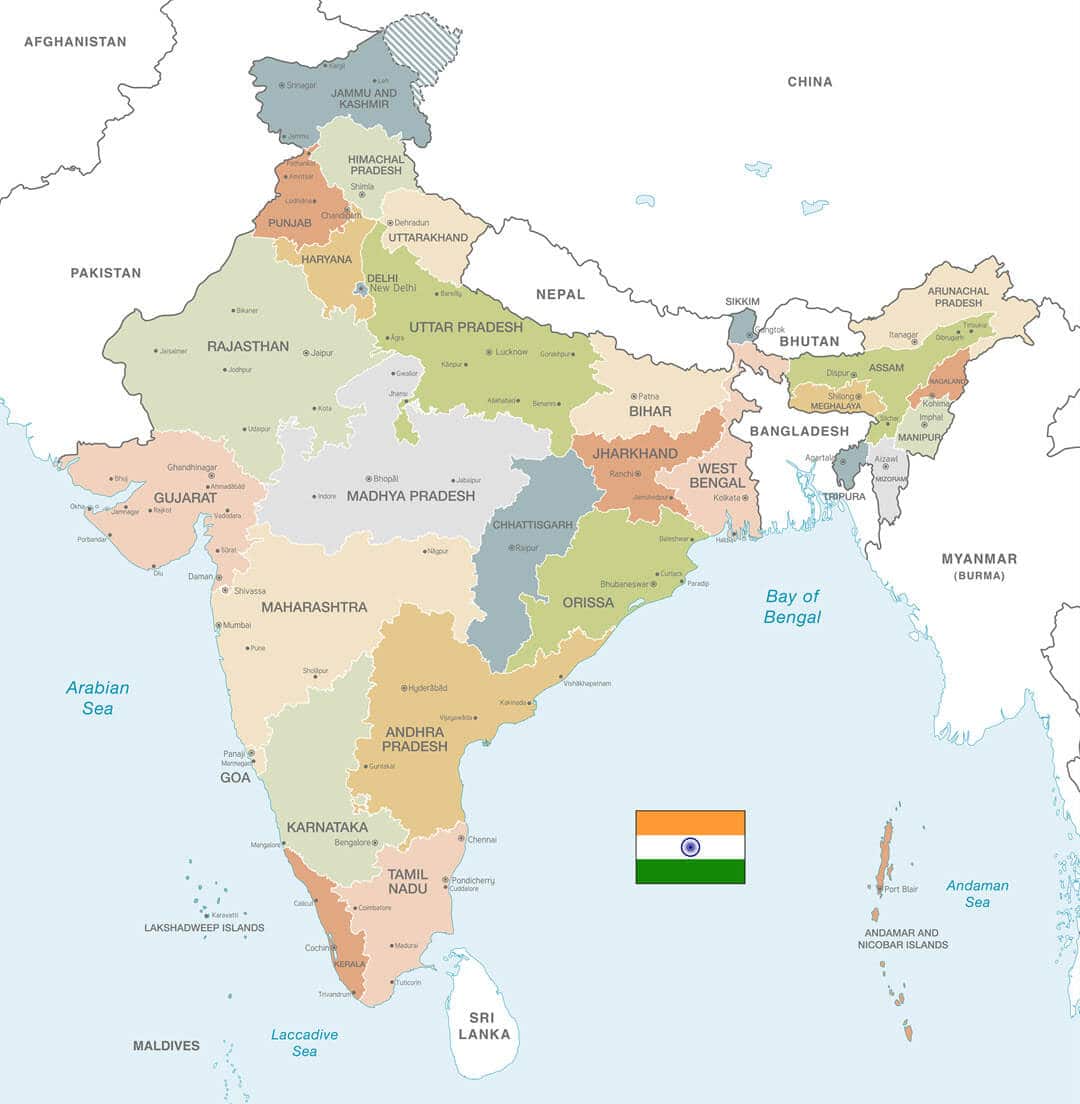







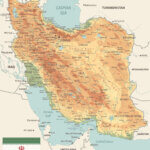











0 Comments